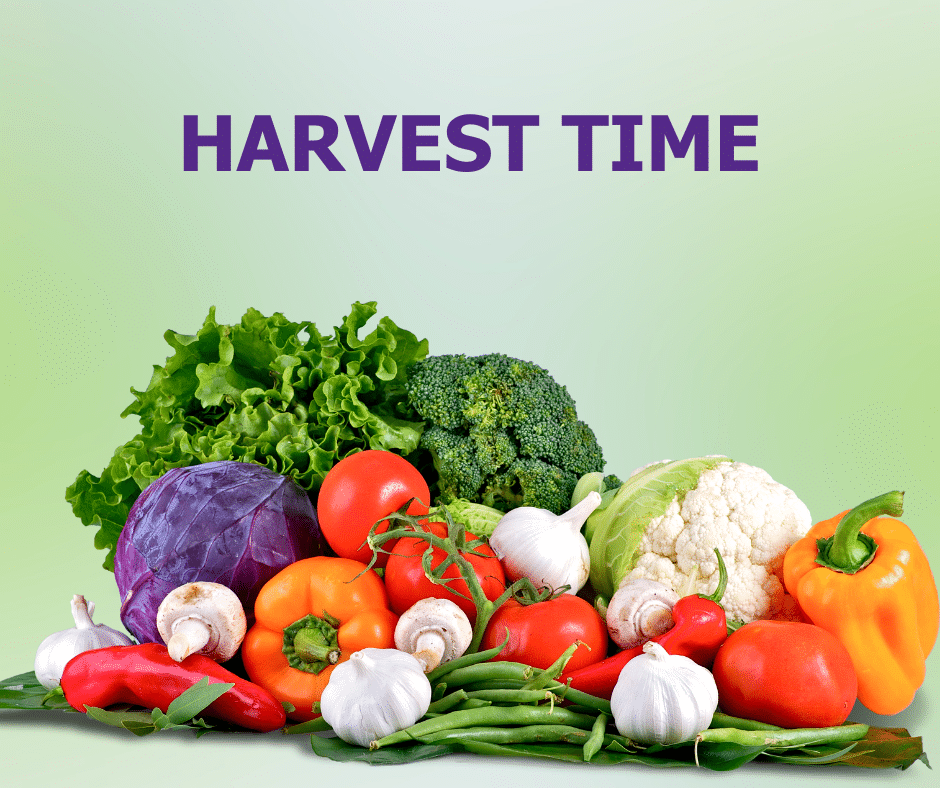Global Citizenship Food and Biodiversity is the tenth theme of the programme. As with the previous themes, you will see that Food and Biodiversity overlaps and integrates with the other environmental themes, and the national curriculum in many ways.
‘Biodiversity’ refers to the diversity, variety and range of life forms and ‘living things’ on planet earth. Maintaining a high level of diversity among plants, animals and all living things all around us is essential for keeping the environment healthy and fit for human life.
We interact with and have an impact on living things (I.e. biodiversity) directly and indirectly every day through our lifestyles, e.g. the food we eat, the resources we use, the waste we generate or how we manage our gardens. However, it is a two-way street; our own wellbeing is impacted, in return, by the living world around us, for example our mental and physical health are affected by the environments that we live, work, exercise and play in, and through the kinds of food that we have access to and the foods that we choose to eat.
The overall aim of the Global Citizenship Food and Biodiversity theme is for schools to increase awareness of the benefits and importance of growing food to us as individuals, and to our planet overall, and to engage with practices relating to food production and food choices, that promote biodiversity. This can be achieved through exploring a range of topics and actions on the theme, such as: growing edible plants at school and at home; preparing and eating food that we have grown; investigating where foods come from; learning about processed foods; analysing food packaging and food waste; researching local growers and producers; considering how biodiversity and nature enables our food to be produced (e.g. pollinators); and investigating social and environmental initiatives, such as the Fair Trade movement, and how they relate to our own lives.
By working on this new theme, students, teachers and the wider school community will produce, prepare and eat their own food, whilst also investigating the impacts that the world’s current food production system has on the natural world. Not only will participants be learning how to reduce the environmental impact of their food choices, they will also have the opportunity to enhance their personal well-being, through increased time spent outdoors, eating freshly harvested food, and developing life-skills and resilience associated with being able to grow, prepare and cook healthy and nutritious food.
Use the 7-Step structure to make your life easier on the Global Citizenship Food and Biodiversity Theme. Once you have set up your Green-Schools Committee (Step 1), your next step is to assess your starting point by conducting an Environmental Review (Step 2); it is important at this point that you do not jump ahead and make any changes in the school, until you have established your starting point. The two main ways to measure your starting point are (a) Carry out Awareness Surveys with Students and Staff and (b) Create a Food Map of your School Grounds. See your Green-Schools’ Global Citizenship Food and Biodiversity handbook for detail on all of the above.
Once you have measured what your school community knows, and what your food environment looks like, you can start to think about what crops you would like to grow on campus, where they will be grown, and which class or group might grow each crop. You may also consider ways to promote plant species-richness in and around your school, and other ways of enhancing your school’s food environment both outside and inside the school buildings. Once you come up with these ideas and actions, write them down as an Action Plan (Step 3). Your action plan should say what your targets are and how you are going to achieve them; see the template in your Handbook.
It is important that you plan from the beginning how you will measure the success of your Action Plan. Monitoring and Evaluating improvements (i.e. Step 4) in your school can be done by repeating the Awareness Surveys, and re-doing your Food Map, towards the end of your two years’ work on the theme.
 Essential Materials for all participating schools
Essential Materials for all participating schools
Files to support the Environmental Review
Lesson Plans and Workshop Ideas for Class Teachers to support the Action Plan

You have been working so hard to grow your vegetables, herbs and fruits, now here is the fun bit- the eating!! Getting an opportunity to taste some of what they have grown is really important for students to get that full circle moment! Read on for some tips and tricks to make Harvest Time special!
Green-Schools, An Taisce Environmental Education Unit. Registered Charity Number: CHY 4741 / CRA No: 20006358 / Company No: 12469

